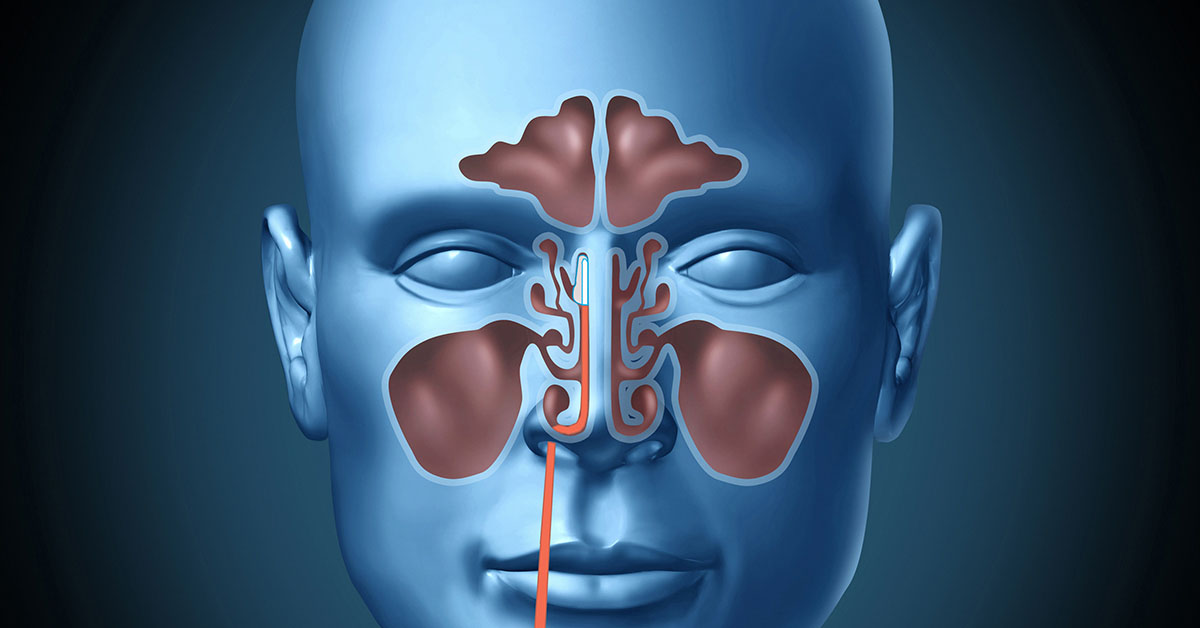
Balloons Up Your Nose? Learn About Sinuplasty
Commonly referred to as balloon catheter dilation surgery, balloon sinuplasty is a surgery that is performed to clear blocked sinuses. It is often recommended by ENTs to patients who have chronic sinusitis and have not had success with conservative treatments. Below, we'll dive deeper into what balloon sinuplasty is and how it works.
Good Candidates for Balloon Sinuplasty
You may be a good candidate for balloon sinuplasty if you are living with chronic sinusitis and have been unable to find relief through medications, allergy shots, and/or lifestyle remedies. It can help you reduce or even eliminate symptoms such as nasal inflammation, a diminished sense of smell and taste, drainage down the back of your throat, and nasal congestion that makes it difficult for you to breathe through your nose.
How Balloon Sinuplasty Works
During a balloon sinuplasty, a doctor will place a small flashlight into your sinus cavity so they can ensure optimal visibility. Then, they'll insert a thin and flexible balloon catheter into your sinuses. Next, the balloon will inflate to expand their openings.
Your doctor will use a saline solution to flush out any built-up pus and mucus that has collected in your sinuses. The balloon will gently restructure the bones around your sinuses, widen them, and free them of any build-up pressure.
Recovering From Balloon Sinuplasty
After balloon sinuplasty, you can resume work and your daily responsibilities within a few days. While you may notice some bloody drainage and discharge as well as some swelling, fatigue, and congestion, understand that these side effects are completely normal. Fortunately, these symptoms should resolve within five to seven days.
You'll need to refrain from blowing your nose for a minimum of 24 hours. In addition, you'll be required to avoid any heavy lifting or vigorous activity for the initial week. Your doctor will encourage you to get plenty of rest while you are recovering so you won't want to make many plans.
Results
Although balloon sinuplasty has only been around since 2005, when it was first approved by the FDA, it is considered a safe and effective treatment for patients with chronic sinus issues. After the procedure, you can expect a significant improvement in your symptoms and an overall higher quality of life.
Unlike conventional sinus surgery, there are no incisions or sutures with balloon sinuplasty. Balloon sinuplasty also offers a much shorter recovery time, less bleeding, and a lower chance of serious complications.




